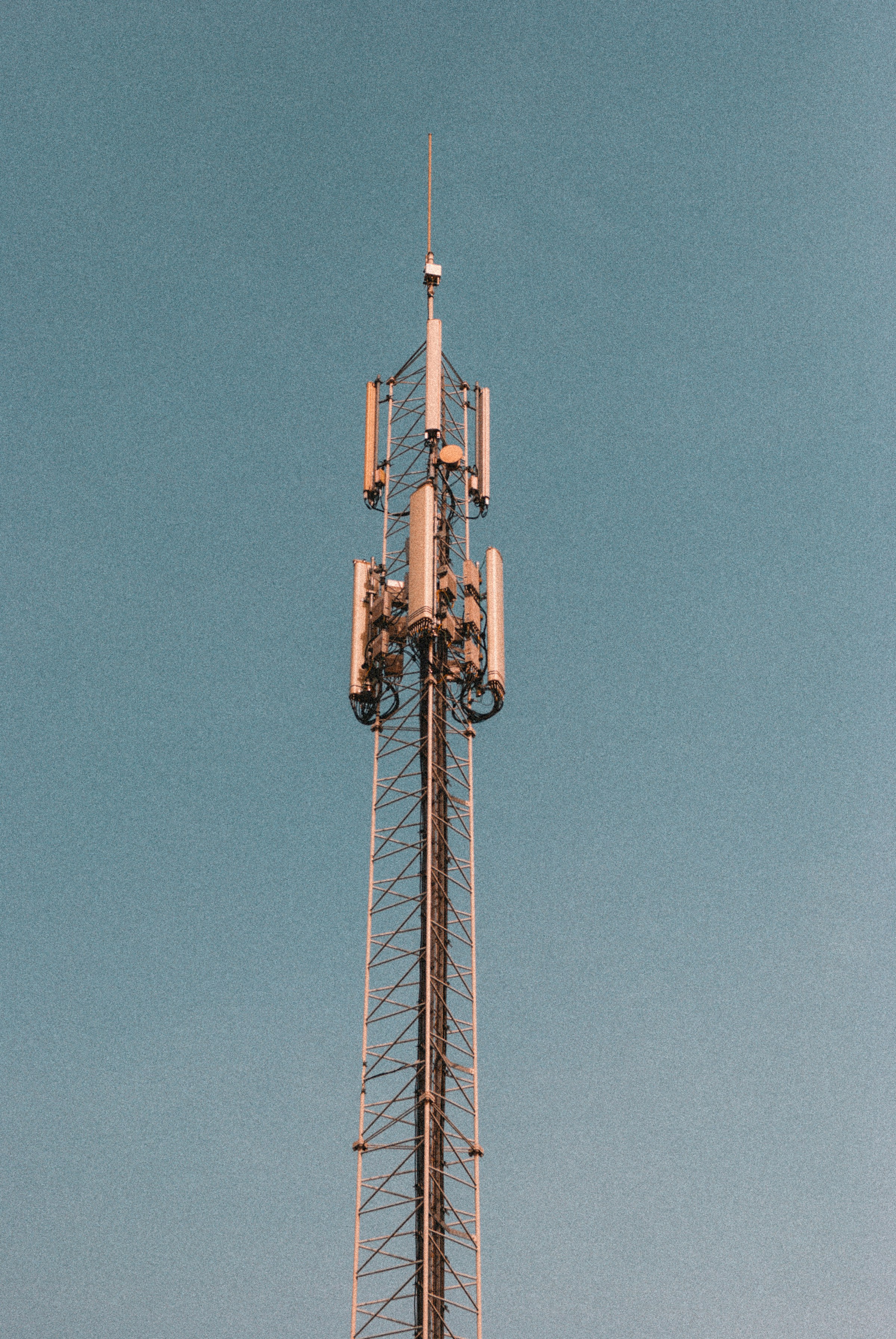The Role of 5G in Revolutionizing Healthcare
The Role of 5G in Revolutionizing Healthcare
The healthcare industry is on the verge of a technological revolution, with 5G networks playing a crucial role in transforming patient care, telemedicine, and real-time health monitoring. As medical institutions embrace digital transformation, ultra-fast, low-latency connectivity is unlocking new possibilities for more efficient, accessible, and data-driven healthcare solutions.

How 5G is Transforming Healthcare
1. Real-Time Remote Patient Monitoring
With 5G-enabled IoT healthcare devices, hospitals and care facilities can continuously monitor patient vitals, such as heart rate, oxygen levels, and movement, without delays. The low latency of 5G ensures that critical alerts reach medical teams instantaneously, improving response times and patient outcomes.

2. Enhanced Telemedicine and Virtual Care
Telehealth has become an essential part of modern healthcare, but traditional networks often struggle with lag, buffering, and unreliable connections. With 5G, doctors can conduct high-definition virtual consultations with real-time diagnostic capabilities, allowing for remote patient evaluations without compromising care quality.
3. Smart Hospitals and AI-Driven Diagnostics
5G enables seamless data exchange between AI-powered diagnostic tools, medical imaging systems, and hospital management software. AI models can analyze real-time patient data and provide instant insights for early disease detection, precision treatment, and automated workflows.
4. Robotic Surgery and Augmented Reality (AR) Applications
Advanced medical procedures, such as robotic-assisted surgeries and AR-guided operations, rely on ultra-fast data transmission. 5G’s near-zero latency ensures that robotic surgical instruments respond immediately to surgeon commands, increasing precision and minimizing risks in delicate procedures.
5. Faster and More Secure Health Data Transmission
Healthcare facilities generate vast amounts of sensitive data, from electronic health records (EHRs) to imaging files. 5G enhances data transfer speeds while incorporating advanced security protocols, ensuring that patient information is both rapidly accessible and well-protected against cyber threats.
5G’s Impact on Elderly and Emergency Care
Empowering Retirement Homes and Elderly Care
For retirement homes, 5G-powered wearables can provide continuous monitoring of seniors, detecting early signs of health deterioration and preventing emergencies. Real-time data transmission enables caregivers to intervene promptly, ensuring the safety and well-being of residents.
Transforming Emergency Response Services
Emergency medical teams benefit significantly from 5G-connected ambulances, where paramedics can transmit patient vitals and video feeds to hospitals en route, allowing ER teams to prepare before the patient even arrives. Faster communication saves critical minutes in life-threatening situations.
The Future of 5G in Healthcare
As 5G adoption expands, we can expect breakthroughs in remote robotic surgeries, AI-driven preventive healthcare, and autonomous medical drones for rapid supply deliveries. The integration of edge computing and AI analytics will further streamline patient care, offering a faster, smarter, and more connected healthcare system.
Final Thoughts
5G is not just an upgrade—it’s a game changer for the healthcare industry. From real-time monitoring to AI-driven diagnostics and remote surgeries, the possibilities are limitless. As more hospitals, clinics, and retirement homes integrate 5G-powered solutions, the future of healthcare will be more efficient, accessible, and life-saving than ever before.
Are you ready to harness the power of 5G in healthcare? Stay ahead with the latest in IoT-driven medical technology!
